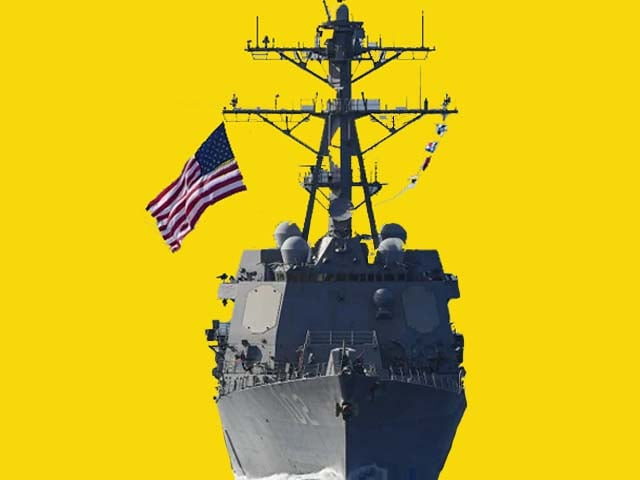US Navy Secretary Kenneth Braithwaite announced last week that his country plans to establish a new numbered fleet. He revealed that,
“We want to put that numbered fleet in the crossroads between the Indian and the Pacific Oceans, and we’re really going to have an Indo-Pacom footprint. We have to look to our other allies and partners like Singapore, like India, and actually put a numbered fleet where it would be extremely relevant if, God forbid, we were to ever get in any kind of a dust-up. More importantly, it can provide a much more formidable deterrence. So we’re going to create the First Fleet.”
This development shouldn’t be surprising for anyone who’s even casually observed the US’ moves in the Indian Ocean over the past four years. The earlier rebranding a few years back of the Pacific Command to the Indo-Pacific Command confirmed that the Pentagon would be placing extra attention on what it regards as India’s “natural” sphere of influence in its epnoymous body of water. The purpose in doing so is obvious enough, and it’s that this ocean is indispensable to the Chinese economy since so much of its trade traverses through it. Establishing control over the Indian Ocean would thus enable the US to more effectively “contain” China.
It’s only natural then that the US would eventually designate a new fleet exclusively focused on this task. The question on everyone’s mind is where it’ll be based, but that’s yet to be decided according to Braithwaite though he interestingly suggested that India might host it. That also shouldn’t be surprising either since the recent signing of the three so-called “foundational pacts” between their militaries over the past few years makes this legally, logistically, and technically feasible, especially with respect to their 2016 “Logistics Exchange Memorandum Of Agreement” (LEMOA).
It’s too early to say whether this will definitely come to pass or not, but the answer itself is arguably moot since the First Fleet would have de-facto basing rights there regardless through LEMOA or an expanded version thereof. For the fleet’s foundational purpose, it would make more sense to base it in Singapore, but doing so in India’s Andaman and Nicobar Islands for example might be a suitable backup plan in the event that the city-state balks at becoming the US’ vanguard state for “containing” China in this larger region. However everything ultimately ends up, it’s certain that India will obviously play a huge role in supporting the First Fleet.
The reason for this prediction is that it serves both American and Indian interests for this to happen. India is seeking to expand its naval footprint across the Indian Ocean, but it’s seriously struggling to do so on its own. New Delhi needs a party with the experience to help it proverbially spread its wings, ergo the importance of Washington, which wields the world’s most powerful navy by far. It'll still take a lot of time for India to actualise its vision of becoming a naval power in its eponymous ocean, but it’ll be comparatively easier for it to do so under the US’ tutelage.
From the American perspective, Trump’s vision of “burden-sharing” will likely outlive his presidency even if he loses his ongoing legal challenges to this month’s election results. The Pentagon has already made the appropriate bureaucratic changes to pursue this strategy across the coming years, and it therefore won’t be easily changed even if Biden decided to do so, which is unlikely in any case. There’s also bipartisan support for the US’ de-facto military alliance with India, so whether a Democrat or Republican is in office, one can be assured that America will continuing supporting one of its most important proxy states in the world.
Overall, the establishment of the First Fleet might seem like little more than a bureaucratic change, but in reality it’ll optimise the US’ naval operations in the region. This development would also facilitate further interoperability between the American and Indian navies, which will unleash their joint capabilities in pursue of their shared goal to “contain” China. Faced with this ever more prominent challenge, China might in turn be compelled to reciprocally strengthen its own naval relations with relevant regional partners such as Pakistan, Myanmar, and the East African coastal states most closely connected to its Belt and Road Initiative (BRI).



COMMENTS
Comments are moderated and generally will be posted if they are on-topic and not abusive.
For more information, please see our Comments FAQ